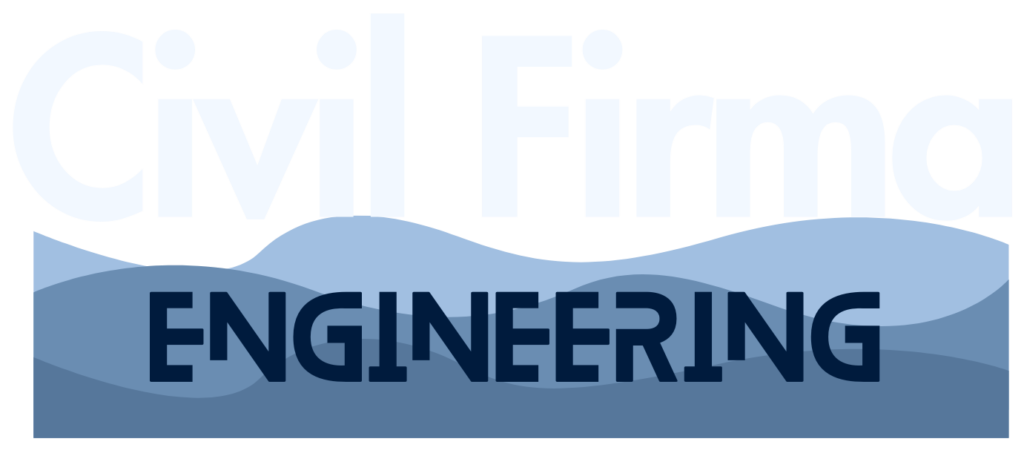Erosion occurs when environmental forces (wind, rain, etc.) dislodge soil materials from a stable setting. Erosion control preserves topsoil by preventing the soil particles from becoming dislodged from the subgrade soils.
Sediment is a solid soil particle that is transported from one location to another because of erosion. Sediment control is preventing the further movement of soil particles after they have been dislodged.
Why is Sediment and Erosion Control Design Important?
Every construction or land development project needs to include sediment and erosion control measures. Sediment carries pollutants, such as, nutrients, heavy metals, organic chemicals and bacteria into waterways and causes water quality and human health issues. The loss of topsoil and sedimentation can also cause damage to infrastructure.
Construction projects are considered to be a ‘point source’ and are regulated under the National Pollutant Discharge Elimination System (NPDES) section of the Clean Water Act. Construction projects disturbing over 1 acre of soil are required to file for coverage under a Construction General Permit and must have a Construction Best Management Practices Plan (CBMPP) or Stormwater Pollution Prevention Plan (SWPPP) in place.
WHERE WE MAKE AN IMPACT
CFE’s team works to develop plans and designs for controlling erosion and preventing sedimentation from construction projects using natural and constructed solutions. We assess your site-specific project needs and develop a plan that will keep your site in regulatory compliance while preserving and protecting our natural resources.

